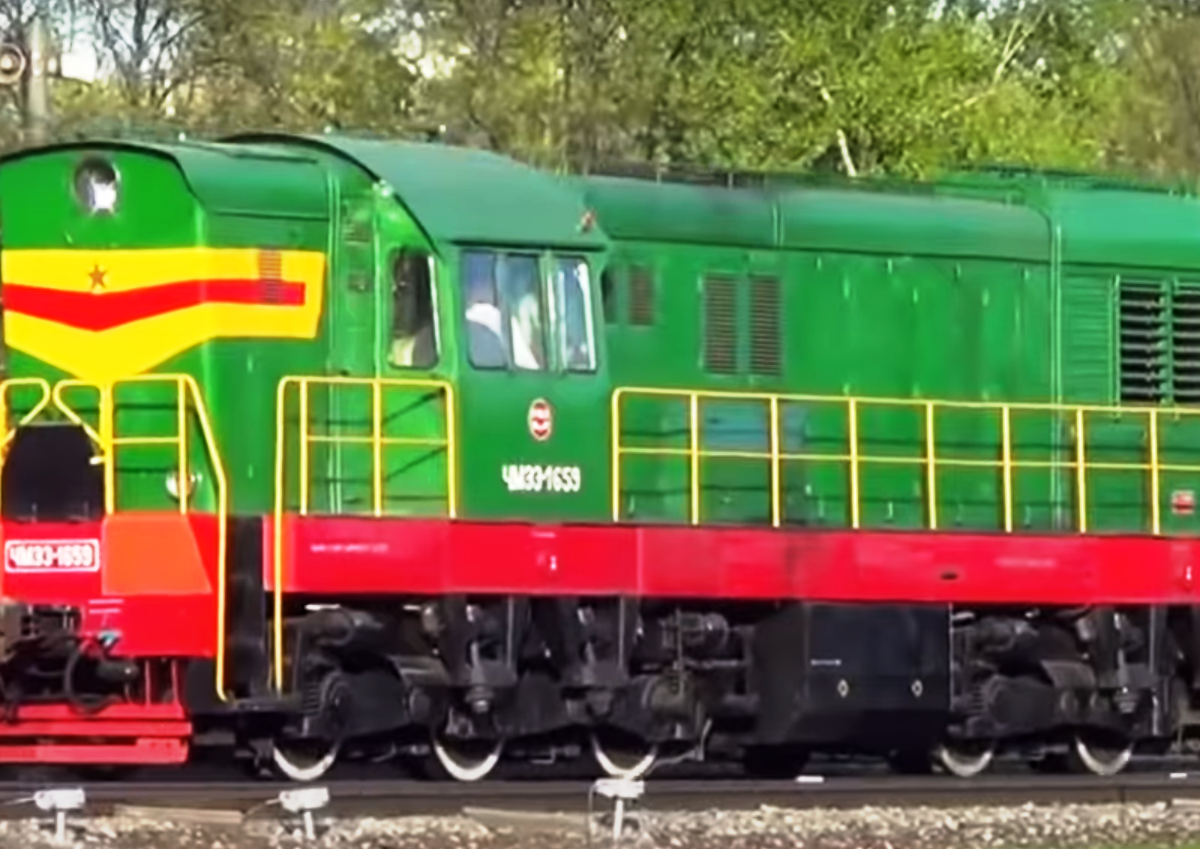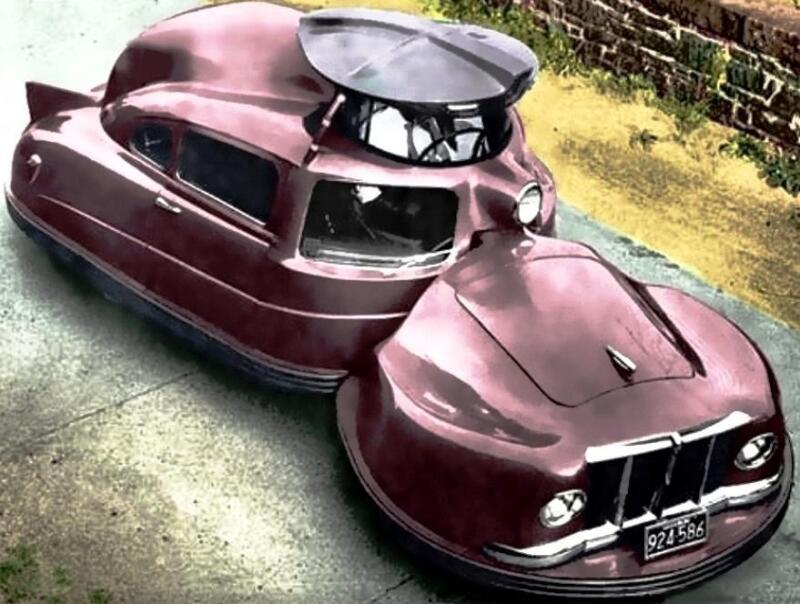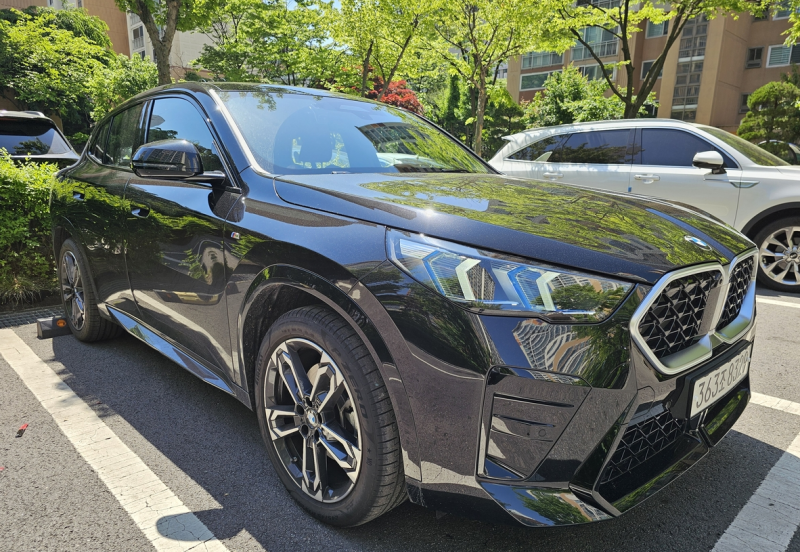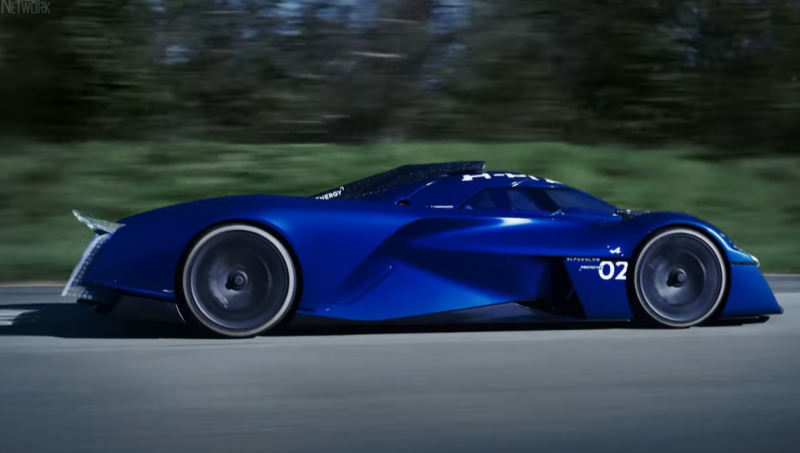Economic Mutual Assistance as Deliveries of Diesel Locomotives
The countries of the former socialist camp created the Council for Mutual Economic Assistance in order to support each other's economy. Although most often this was expressed in selfless help from the "big brother", sometimes, it happened the other way around. For example, we are all well acquainted with such Czechoslovak vehicles as Jawa or CZ motorcycles, Skoda high-speed locomotives. Since the beginning of the 60s shunting diesel locomotives manufactured by CKD-Praha have been included in this list.
 ChME2 is the predecessor of the most common diesel locomotive. youtube.com
ChME2 is the predecessor of the most common diesel locomotive. youtube.comThe appearance of this model was preceded by the fact that the previous one - ChME2 showed insufficient power in the mode of shunting operations during the formation of the composition. When there was a need for maneuvers from a hill, and the number of cars was several dozen, 750 "horses" of a post-war diesel engine were clearly not enough. Complaints on the ground slowly flocked to the Ministry of Railways. From there, the order went to Prague, and the local designers of the locomotive plant had to think about modernization.
At a time when the whole world held its breath in anticipation of how the Caribbean crisis would end, Czechoslovak engineers began work on the design of a new locomotive. A year later, at the end of 1963, three prototypes were assembled.
Improved third generation model
The new diesel locomotive has become six-axle, with a much more powerful diesel engine - 1350 hp. With. and great features:
✅ top speed - 95 km/h
✅ average weight - 123 tons
✅ length (including automatic coupler) - 17220 mm
✅ width - 3120 mm
✅ height - 4637 mm
✅ fuel tank - 6000 l
✅ oil tank - 650 l
On the territory of Czechoslovakia, the European standards for the gauge (1435 mm) were in force. Therefore, experimental locomotives first received just such a base. And only after successful tests, the assembly of copies for export to the USSR with a Russian wheelbase (1520 mm) and a Soviet model of an automatic coupler began.
 After modernization, many diesel locomotives are not recognizable. youtube.com
After modernization, many diesel locomotives are not recognizable. youtube.comThe first car, as expected, went to the heart of our country. The diesel locomotive with the number designation "001" registered at one of the largest Moscow marshalling yards - Lyublino. Interestingly, 10 years later, the jubilee 2000th locomotive, assembled by Prague workers for the needs of the Soviet railway industry, was seconded here.
A huge market for Prague locomotives
Shunting diesel locomotives were also delivered to other European countries that then belonged to the socialist camp (Poland and Albania). Contracts for limited supplies were concluded with the states of the Middle East region - Syria and Iraq. The exclusive client was still the Soviet Union. The best way to tell this is by numbers.
If we add the needs of the Czechoslovak railway workers to foreign deliveries, then we get only less than 10%. All other ChME3s assembled at ČKD-Prague went to Soviet stations. Their total number before the collapse of the USSR was 7454 pieces. The most amazing thing is that many of them are still in service!
 The locomotive, released in the early 80s, was noticeably battered by life. youtube.com
The locomotive, released in the early 80s, was noticeably battered by life. youtube.comOf course, the earliest machines were already irrevocably obsolete. For example, the famous No. 1 in 1991 was forever registered in the railway transport museum at the Varshavsky railway station in St. Petersburg. But his younger colleagues are working tirelessly in all countries of the post-Soviet space. All of them have undergone various degrees of modernization, which I will tell you about below.
The data below will demonstrate how much the popularity of the novelty among Soviet consumers grew. Here is the dynamics of diesel locomotive deliveries to the Soviet market:
✅ 1971 - 1000th locomotive
✅ 1975 - 2000th car
✅ 1979 - the 3000th diesel locomotive entered the Soviet roads
✅ 1982 - the number of exports reached 4000
✅ 1985 - in a solemn atmosphere, the Moscow depot named after. Ilyich received the 5000th shunting
Design and technical features
The main frame of the diesel locomotive is attached to each of the three bogies with four cradle bolts equipped with dense shock-absorbing rubber washers. It is she who, due to the large mass of the machine, keeps it above the carts, preventing roll and providing a return to its original position during retraction.
Traction motors have axial suspension, and hydraulic dampers and silent blocks provide the locomotive with a relatively soft ride. To maintain a comfortable ride, it is important to monitor the lubrication and avoid overheating, which can lead to seizure of the motor bearings.
 This is what the operator's workplace looks like. youtube.com
This is what the operator's workplace looks like. youtube.comUnder the hood there is a 163-liter six-cylinder diesel engine. It has one oil pump responsible for the operation of the gears, and two water pumps. The pneumatic brake is responsible for driving safety.
On diesel locomotives that appeared on our roads in the 70s, in addition to indicating the maximum speed and technical weight, another inscription was added. On the side panel in white paint in Russian was a warning: "The driver works in one person." It was something new, because before the driver of any locomotive in the state relied on an assistant.
Starting with model #3776, the height of the cab began to correspond to the level of the hood. And since 1987, ChME3, having served faithfully for more than 20 years, began to undergo modernization. As a result, the service life of many of them managed to be extended for decades.
New modifications of the familiar model
One of the first modifications was ChME3E (electronic control circuit unit) and ChME3T (electrodynamic braking system). But ChME3M was already made by our designers at the Lokomotivka-Sokolovka plant. They increased the fuel supply by 1000 liters, increased the speed and power of the engine. Only two such copies were released on the roads, but the experience gained was useful in the future, in the manufacture of ChME3T and ChME5.
 "The locomotive is served by one driver." youtube.com
"The locomotive is served by one driver." youtube.com Many other factories produced their own variations of the locomotive, which became one of the most popular shunting locomotives in our country. Improvements made it possible to improve the base model, but only served as another proof of its popularity and reliability. Most of them are still used for intra-station shunting and removal work.
In our country, as in neighboring Ukraine, they sometimes act as locomotives for suburban and short-haul trains. This is true for non-electrified or partially electrified sections of the railway. Although in the near future they should be replaced by rail buses.
From diesel locomotive to battery locomotives
In 2003, VNIKTI, commissioned by the Moscow Railway, developed battery electric locomotives. Due to the rejection of some of the electrical equipment, which was not used in the updated design, additional space was freed up. It was occupied by five alkaline nickel-cadmium batteries.
The electric locomotive was equipped with a remote control, and the main driver's console received a more convenient location. Only 2 locomotives underwent a thorough alteration.
WME3 today
 And today, during maneuvers, one cannot do without ChME3. youtube.com
And today, during maneuvers, one cannot do without ChME3. youtube.comThe last locomotive made for the Soviet railways crossed the border of our homeland on New Year's Eve 1992. He became 7454th. After that, the former Soviet republics no longer sent orders to ČKD-Prague. By the way, the money for the last diesel locomotives was also not returned to them. The country and the organization with which the supply agreement was drawn up simply disappeared.
Despite this, the popularity and distribution of Czech locomotives continues to be very high. And if in Soviet times they starred in many films, now they modestly do their daily work. Remaining not new, but very reliable technology.










